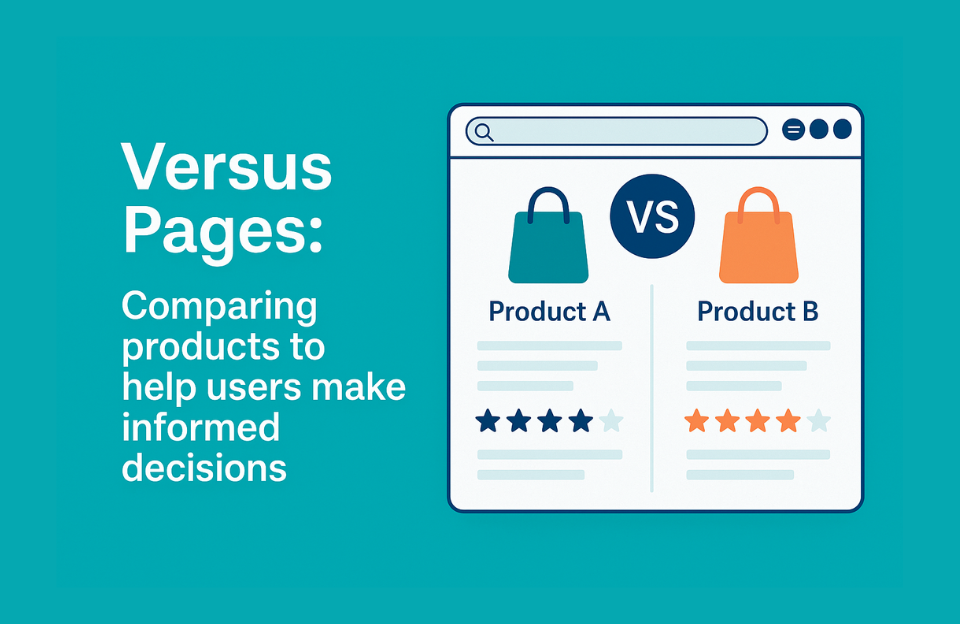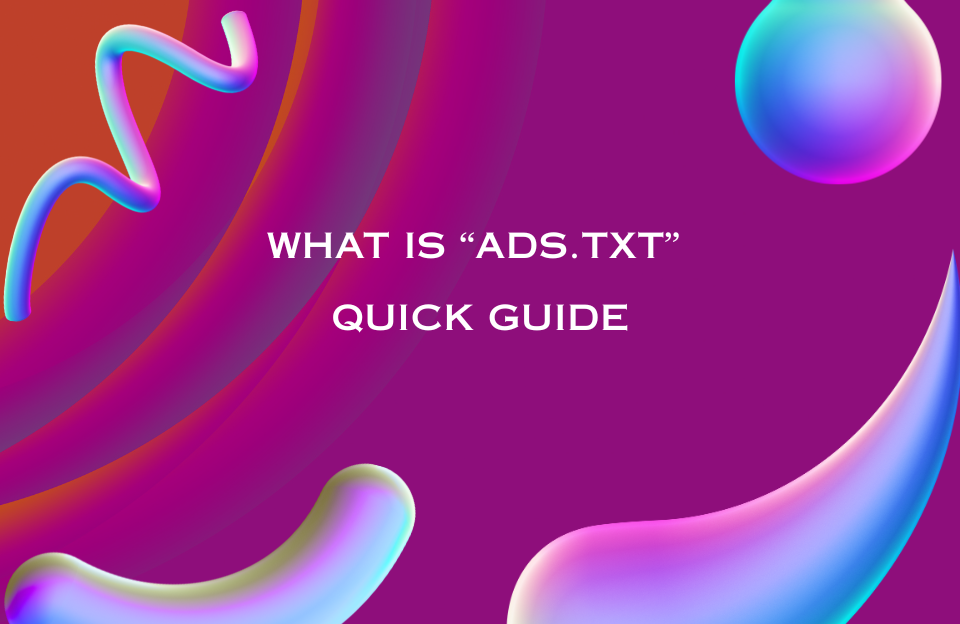Versus pages, also known as comparison pages, are one of the most effective content formats for helping users make informed decisions between two or more products, tools, or services. These pages are especially powerful in high-intent moments when a user is deep in the consideration phase of the buyer’s journey. In this guide, we’ll explore what versus pages are, how they benefit your website, and how to create them effectively—with real-world examples to inspire your strategy.
What Are Versus Pages?
Versus pages are dedicated web pages that compare two or more products, services, tools, or brands side by side. They help users understand the key differences, pros and cons, pricing, features, and use cases. Typical formats include “Tool A vs Tool B” or “Service A vs Service B.” These pages are especially relevant in industries like SaaS, consumer electronics, ecommerce, and B2B software—where users actively compare options before making a decision.
Why Versus Pages Work
- High-intent traffic: People searching for “Product A vs Product B” are often ready to convert.
- SEO benefits: Long-tail keywords like “X vs Y” have lower competition and higher specificity.
- Authority building: Versus pages position your brand as a helpful, objective advisor.
- Content longevity: Evergreen value—these pages remain relevant as long as the products exist.
- Conversion potential: With the right CTAs, you can nudge users toward the preferred option or your own product.
Best Practices for Creating Versus Pages
- Be unbiased: Provide fair, objective information. Even if you’re comparing your product to a competitor, users appreciate transparency.
- Structure clearly: Use tables, bullet points, or side-by-side visuals to make comparisons easy to digest.
- Use real data: Include pricing, features, integrations, user ratings, and other quantifiable metrics.
- Add visuals: Screenshots, icons, or charts help communicate differences more quickly.
- Include CTAs: End with a recommendation and guide users to a signup page, free trial, or product page.
Real-World Examples of Versus Pages
1. HubSpot vs Mailchimp (B2B SaaS)
HubSpot’s marketing team created a detailed comparison page between their platform and Mailchimp. The page includes pricing tiers, automation capabilities, CRM features, and user testimonials. The format is clean and structured, with a final CTA encouraging users to try HubSpot for free.
2. Shopify vs WooCommerce (Ecommerce Platforms)
Many ecommerce agencies and blogs compare Shopify and WooCommerce to help users choose the right platform. These pages often highlight setup complexity, customization, plugin ecosystems, and long-term scalability. Visual comparison tables are commonly used.
3. Grammarly vs ProWritingAid (Productivity Tools)
Affiliate marketers and review websites often compare grammar tools. Versus pages in this niche dive into user interface, AI quality, integrations with writing tools, pricing, and niche use cases (like academic vs business writing).
4. Monday.com vs Asana (Project Management Software)
Software reviewers build comparison pages outlining feature sets, ease of use, pricing models, templates, integrations, and user support. These pages often include direct links to free trials or signup pages to capture high-intent traffic.
5. Canva vs Adobe Express (Design Tools)
Design-focused platforms create versus content to guide casual vs professional users. Pages break down template availability, learning curves, feature limitations, pricing, and branding tools.
6. Semrush vs Ahrefs (SEO Tools)
SEO bloggers and agencies create these pages to show side-by-side screenshots, pricing comparisons, data accuracy tests, and use cases for specific SEO tasks like keyword research or backlink audits.
7. Peloton vs NordicTrack (Fitness Equipment)
Health blogs and affiliate marketers create product comparisons that include reviews of subscription models, build quality, app interfaces, and interactive workout features.
8. iPhone vs Samsung Galaxy (Consumer Electronics)
Tech reviewers create highly optimized versus pages with comparisons across camera specs, screen resolution, battery life, ecosystem lock-in, and OS preferences. These pages often dominate search results.
Tips for Ranking Your Versus Page in Google
- Target long-tail keywords like “Tool A vs Tool B 2025” or “Product A vs Product B for freelancers.”
- Include FAQ schema and a Q&A section to appear in rich snippets.
- Add internal links to supporting product pages or blog posts.
- Update content regularly as features or pricing change.
- Optimize for mobile users and fast load times.
When to Create a Versus Page
Create versus pages when:
- Your product is often compared to competitors.
- You’re an affiliate reviewing similar tools.
- You want to rank for “vs” keywords in your niche.
- You’re launching a new product and want to position it against legacy options.
Conclusion
Versus pages are more than just comparison tools—they’re strategic content assets that serve SEO, trust-building, and conversion goals. Whether you’re an affiliate marketer, SaaS company, or ecommerce brand, a well-crafted versus page can attract highly qualified traffic and guide users to smarter purchase decisions. Invest in useful structure, honest insights, and relevant examples to make your page truly valuable.




